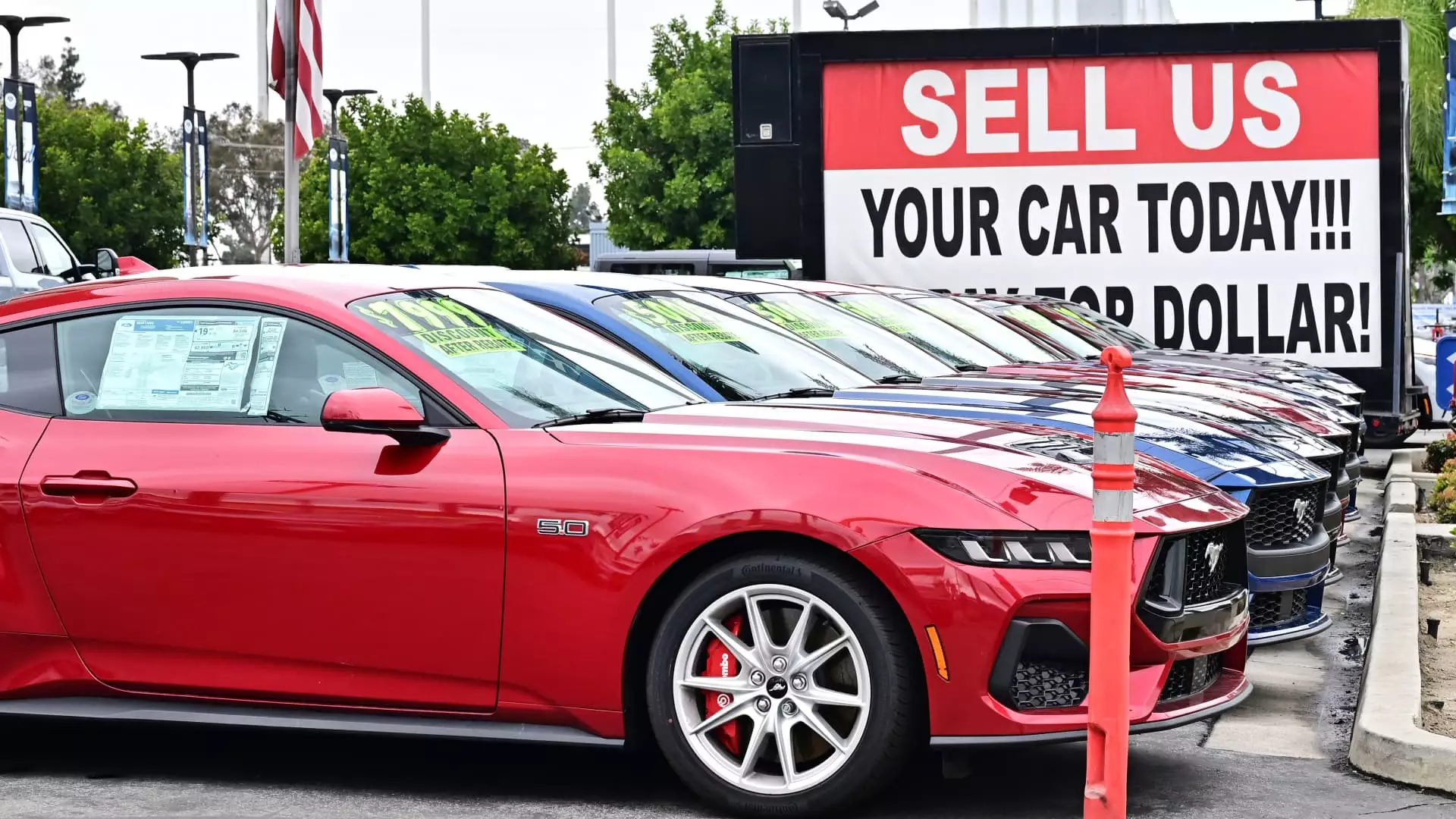The used vehicle market has demonstrated volatile tendencies recently, and the latest reports indicate a 1.5% drop in prices from April to May. While this might initially appear as a reason for excitement among potential buyers, deeper analysis reveals troubling patterns and industry-wide uncertainties. The automotive sector, especially at the retail level, is showing signs that can’t be ignored. After all, a marginal price drop in an otherwise high-stakes environment should set alarms ringing rather than celebratory fireworks.
Consumer Behavior: Caught in a Tariff Trap
The psychological impact of tariffs extends far beyond their immediate effect on new vehicle pricing. Though these tariffs—particularly the 25% on imported vehicles—don’t directly affect used car transactions, the repercussions are felt throughout the industry. Buyers who might have previously hesitated are now feeling pressure to act as prices trend upward. This sense of urgency can lead to impulsive purchases that are ultimately detrimental in the long run. Consumers fear that waiting could lead to even more pronounced hikes, but this irrational decision-making only exacerbates market instability.
Inventory Shortages Dampen Hope
Another pressing issue that reduces optimism in the used vehicle marketplace is the ongoing inventory shortage. Currently sitting at 2.2 million used vehicles, the market is perilously low compared to historical levels, further complicating the landscape. With individuals holding onto their cars longer and an industry still grappling with the aftermath of COVID-19 and global supply chain crises, one has to question the sustainability of any upward price movements. This scarcity of supply naturally creates a competitive market dynamic, yet it’s built on shaky foundations.
Stagnation at Retail Levels
Although wholesale prices show a modest decline, the retail consumer landscape is languishing, with sales down 3% from April but up 4% year-over-year. This discrepancy indicates a disconnect between wholesale trends and consumer experiences. Retail prices have not been following suit with the various fluctuations seen in wholesale transactions, creating a perplexing scenario where consumers are less flexible and retailers may be holding onto inflated expectations. This can hinder the potential for buyers to engage confidently in the market.
Looking Ahead: A Breeding Ground for More Volatility
While some experts suggest that the used vehicle market is stabilizing after years of wild swings, the truth is that the foundation remains precarious. Tariffs are but one piece of a much larger puzzle involving consumer confidence, supply constraints, and historically inflated retail prices. As we move further into 2024, the quest for a robust and rational vehicle market seems distant. If the industry does not find solutions for inventory woes and address the psychological effects of tariffs on consumer behavior, we might just see these price shifts grow wilder once again. The automotive landscape is navigating a minefield, and the results could be catastrophic if drivers and dealers alike do not tread carefully.

